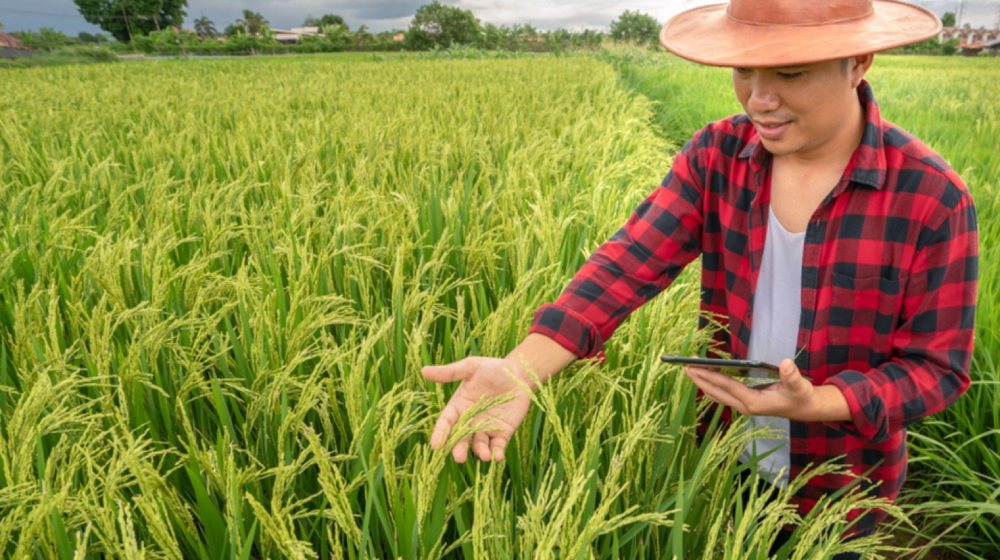While all industries are committed to innovation, the food and beverage sector is particularly poised to take full advantage of modern strategies in 2023. Numerous food technology solutions are reshaping this industry at all levels, from food production companies to grocery stores — every link in the supply chain will see dramatic steps forward.
These food sustainability trends are five of the most impactful trends and innovations that are ready to revolutionize this industry:
1. Replacing Traditional Packaging with Sustainable Plastics

The one thing you’ll see on every aisle in any grocery store inis plastic packaging. Despite its poor reputation, manufacturers still use plastic packaging for most food and beverages sold today, including dry goods, produce, fresh meats, and your favorite drinks.
Unfortunately, this practice has been an industry standard for decades. As a result, our oceans are inundated with plastic waste like bags, bottles, and containers.

The good news is that several innovative companies are working to create biodegradable packaging that decomposes in months, not centuries.
As more food packagers catch on to this trend and swap out traditional plastic for biodegradable alternatives, the impact on the planet and its oceans could be astounding.
2. Optimizing Supply Chains with Industry 4.0 Tech

While the widespread supply chain disruptions that arose in 2020 are fading into memory, leaders in the food and beverage space are not so quick to forget the challenges that threatened business continuity and significantly impacted profitability. These leaders are instead determined to avoid further potential issues, learning from these unprecedented disruptions and increasing the resilience of their supply chains.
To accomplish this lofty goal, food and beverage companies are adopting what’s referred to as Industry 4.0 technologies.
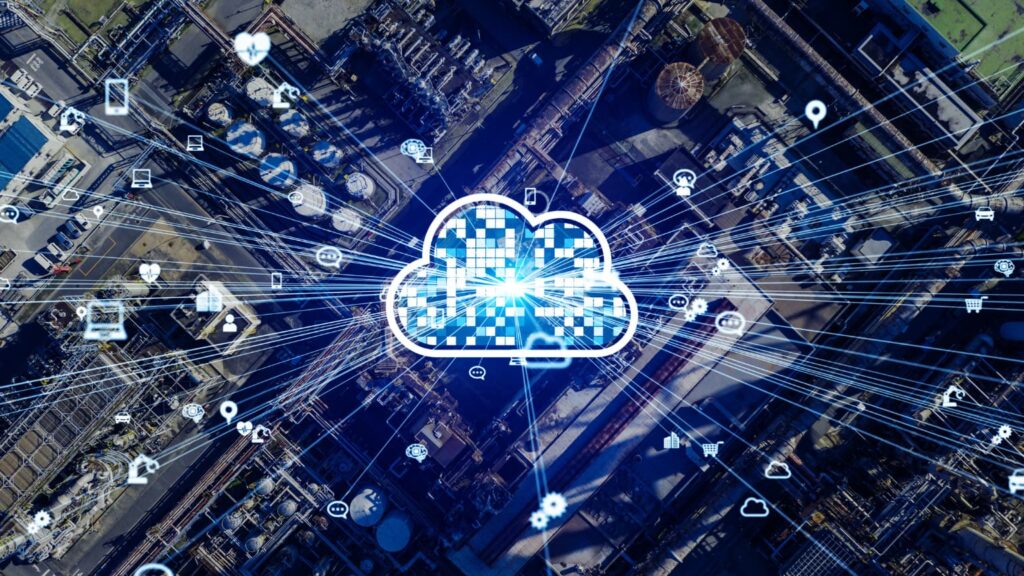
These innovations optimize existing processes, facilitate continuous productivity monitoring, provide connectivity across the entire supply chain, and enable real-time data analysis so leaders can make informed business decisions based on relevant data.
3. Investing in Organic Growing and Production Techniques
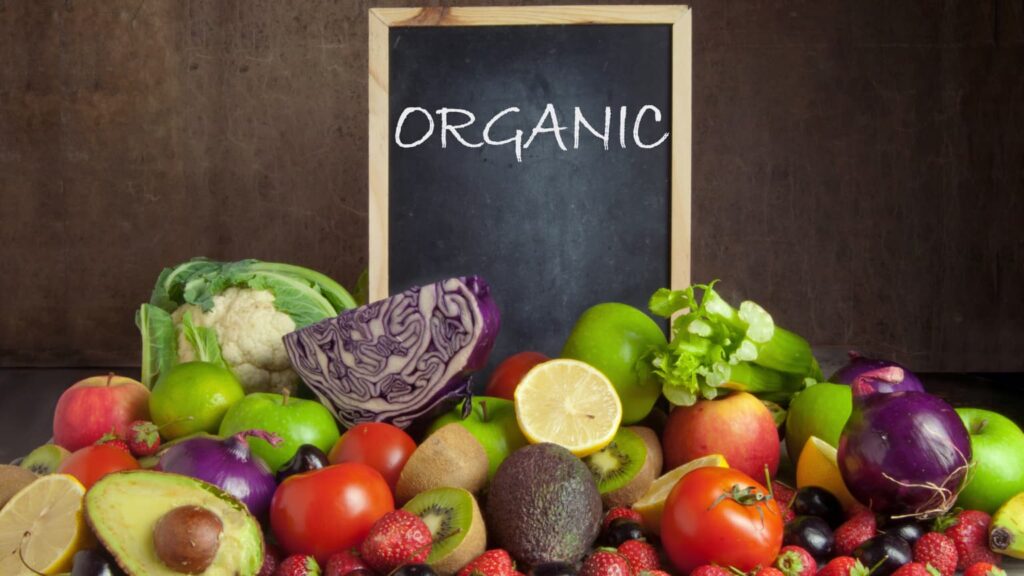
In recent years, consumers have become increasingly aware of the potential dangers associated with pesticides and herbicides. This has led to an increase in demand for organically grown fruits and vegetables and pasture-raised meat.
Food production businesses are investing in organic growing and production techniques to meet shifting consumer demands. However, while organic growing techniques and pasture farming can produce higher-quality food products, these practices are less efficient than industrialized farming.
To balance the need for organically grown food with the agile demands of any modern business, leaders in the farming industry are exploring ways to grow organic products more efficiently. This way, they can make these in-demand organic products more accessible to consumers.
4. Leveraging Automation to Increase Food Production
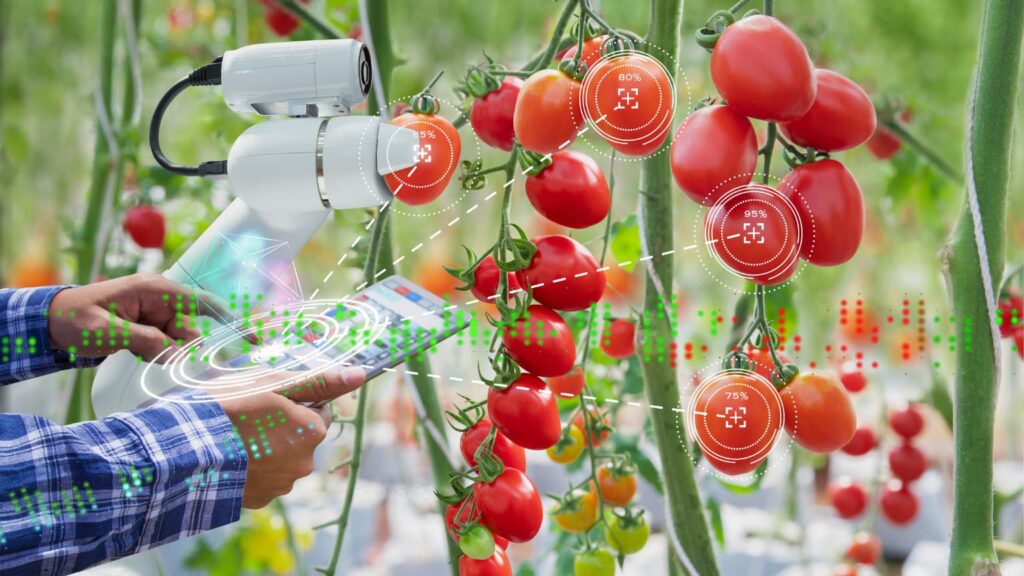
Another trend taking the food and beverage industry by storm is the adoption of automation technologies. While automation has long been used in industries like manufacturing and automotive, the food and beverage sector has traditionally used these solutions in a more limited capacity.
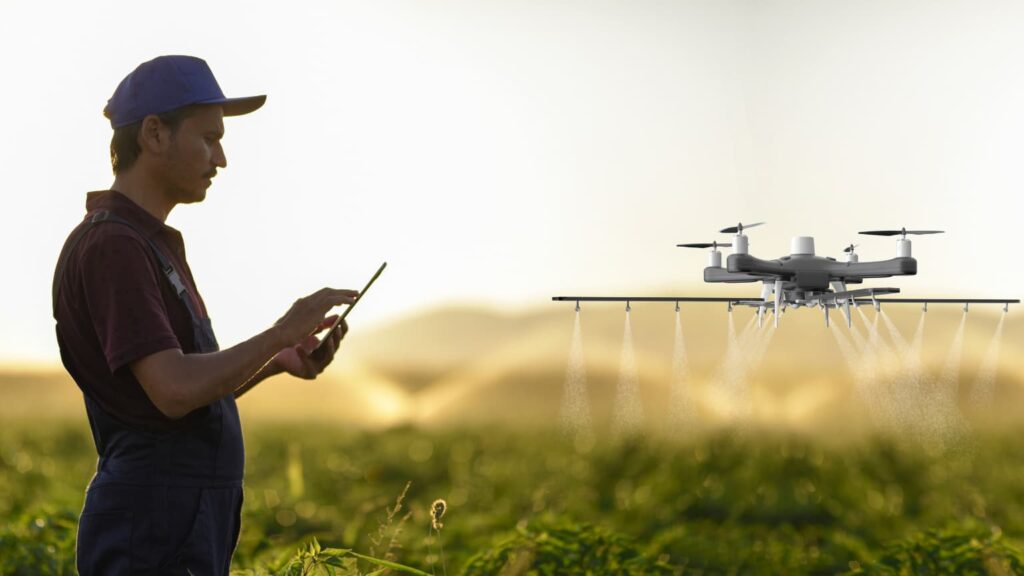
However, food supply companies increasingly rely on automation technologies to optimize food production and increase efficiency, leading to better profitability. Additionally, automation technologies allow food and beverage manufacturers to do more with less personnel, which has become necessary in light of ongoing staffing issues and labor shortages.
5. Utilizing Blockchain to Enhance Food Safety

The final trend to watch in 2023 is the utilization of blockchain technologies to enhance food safety and promote food traceability. When people hear the phrase “blockchain,” they often think of cryptocurrencies. But while blockchain has certainly been pivotal in fueling crypto mania, that is by no means the only use case for this dynamic technology.
Blockchain technology’s primary function is to create immutable records that are almost impossible to alter, delete, or otherwise tamper with. As such, blockchain is the ideal solution for facilitating food traceability and increasing food safety.

Using blockchain technology, food and beverage businesses can combat food fraud, a global issue that has plagued the industry for years. Food fraud not only costs food and beverage businesses millions, but it can also endanger consumers and diminish trust in brands.
How Farm to Plate Can Help You Adopt These Emerging Trends?
Farmers, retailers, restaurants, and everyone in the food industry supply chain can benefit from these advancing technologies. Farm to Plate helps farmers, organizations, and businesses capture data about supply chain events and transactions to map them in real-time.
Farm to Plate knows that users might not always be technologically savvy. That’s why our platforms are easy to operate and efficient. We can track food on its journey from farmer to consumer, through process requests, journey updates, real-time location data, and notifications of purchase.
We also promote the use of IoT devices to store and access information about everything from storage conditions to transportation hindrances. This marriage of tech with data helps reduce food waste and prevent spoilage. Contact Farm to Plate for a demonstration of how food sustainability innovations can help your business in 2023.
Contact Farm to Plate for a demonstration of how food sustainability innovations can help your business in 20203.
Pramod Sajja, CEO & President at Paramount Software Solutions (farmtoplate.io).
